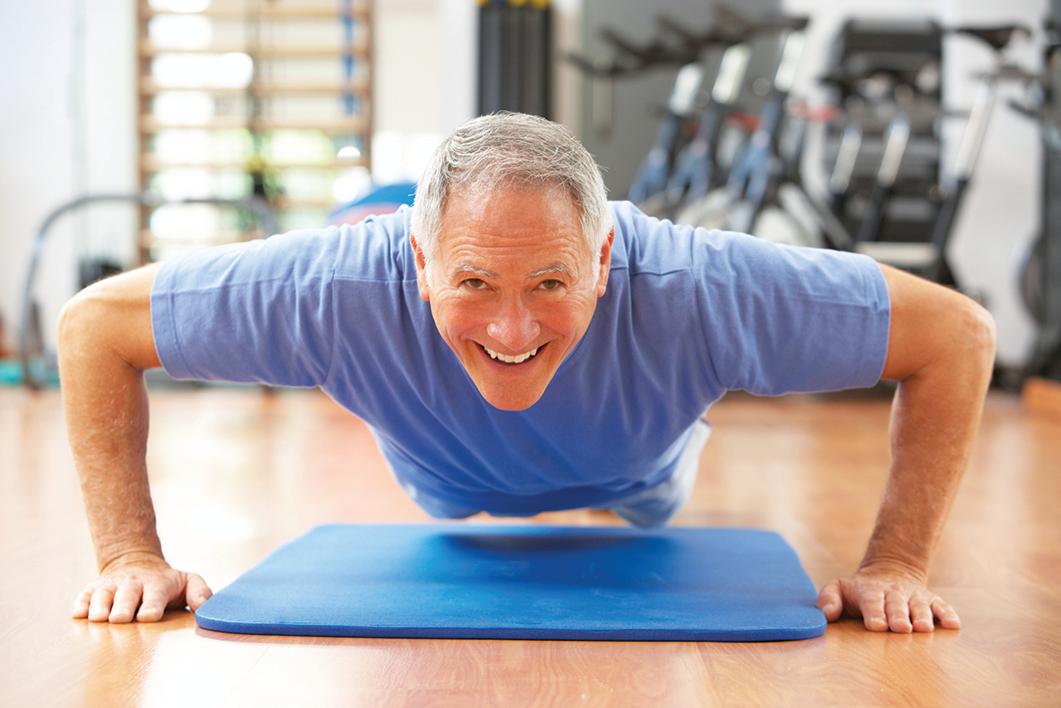Traditional Chinese medicine is a total system of medicine that includes unique diagnostic procedures, as well as treatments that encompass acupuncture, herbal medicine, exercise, diet, and meditation to guide patients to a path of true well-being. The basis of Chinese medicine is the principle of balance. When a person is balanced in both body and mind, they can achieve and maintain good health.
Chinese medicine takes a unique approach to weight loss, using a gradual reduction method that teaches you to reprogram your eating habits and learn how you can significantly improve your own condition. Of course, results depend on your body type and the effort you put into it.
Acupuncture is used primarily to strengthen the endocrine and digestive systems. Acupuncture points are believed to stimulate the central nervous system (the brain and spinal cord) to release chemicals into the muscles, spinal cord, and brain. These chemicals change the body’s chemical balance and release other chemicals, such as hormones, which influence the body’s self-regulating systems.
Herbal medicine is an important component for getting to the root of your weight problem. Herbs can stimulate the digestive system, helping the stomach and spleen become more efficient at transforming and transporting the energy of the food you consume. This naturally decreases your appetite.
Four Western Tips
To obtain successful weight loss, you must apply this rule: “Eat less, more often, and move more.” This means eat less sugar, simple carbohydrates, and saturated fats. Eat something nourishing every few hours to maintain blood sugar levels and metabolism. The right dietary choices can have a profound impact on your health and longevity.
When you increase your exercise, you are jump-starting your metabolism and improving your fat-burning furnace. By avoiding weight gain, you avoid higher risks of many chronic diseases, including heart disease, stroke, type 2 diabetes, high blood pressure, osteoarthritis, and some forms of cancer.
1. Calories
- Taking in fewer calories than you can burn results in weight loss.
- Taking in more calories than you can burn results in weight gain.
- Women should restrict their calorie intake to 1,200 a day.
- Men should restrict their calorie intake to 1,500 a day.
Be aware of your calories. If you don’t know how many calories are in your meal, I feel it is essential to learn this amazing tool for effective weight loss.
Record in a ledger or journal the calories of everything you put in your mouth for one week. Be in tune to the total calories you consume daily, and make an effort to replace high-fat foods with low-calorie ones like vegetables and fruits.
2. Discipline
I cannot stress enough how discipline is the second-most important aspect in losing weight or achieving any kind of success in your life. It is the secret to the most effective, efficient, and well-thought-out plan you can give yourself. Some of us need a little more in our lives than others. You can gain great help and insight by doing the following:
- Create a plan to lose weight. Shop ahead for your food.
- Map out your food plan.
- Eat five times a day.
- Plan out your days of exercise.
- Drink water, cleansing smoothies, and juice.
- Incorporate mental-wellness techniques into your day.
- Check off or write out what you have for each meal.
- If you want to map calories, do it for the first 30 days.
The whole idea with these suggestions is to show you just how much you are eating, how many calories you are consuming, and to get you into a pattern that will set you up for great success.
3. Portion Control
This was a hard lesson for me to learn. As a dancer and someone who always worked out, I felt I had my portioning under control. I eventually learned why I would get that bloated and uncomfortable feeling after eating. It was my portion size.
Sure, I was active and exercising, but as I aged and my metabolism slowed, my portions were not changing with the rest of me. Once I understood the discipline behind this, it changed my life. An easy way to understand portion control is to look on the back of any nutritional label.
On a sample label, one serving size is a cup. The serving has 250 calories. There are 12 grams of fat in this serving. Look at the fiber, sodium, saturated fat, trans fat, and total fat numbers. These are for this one-cup serving. It is always a good idea to pay attention to this information, especially when you are food shopping.
Eat portions to satisfy hunger, not to clean the plate. At dinner, if you have complex carbs (potatoes, yams, brown rice) with your meal, you should have no more than a cupful. Half of your plate should be vegetables. The meat, fish, or chicken portion should be the size of your fist. Portion control is the secret to a healthy weight.
4. Exercise
As you age, your body’s composition gradually shifts as the proportion of muscle decreases, and the proportion of fat increases. This shift slows your metabolism, making it much easier to gain weight. Many people become less active as they get older, increasing the risk of weight gain. Weight gain can be prevented by choosing a lifestyle that includes good eating habits and daily exercise.
You’ve got to move. A walk around the block is just not going to cut it. You have invested time in creating a plan, you have gone shopping, and you are eating your proper proportions, but exercise is what your body needs to really keep you healthy, fit, and strong.
Not only does exercise help burn excess calories, but by increasing your physical activity, it can also modify the way your brain regulates hunger, hormones, and stress, making you less susceptible to food cravings.
If you are currently on an exercise plan and you are not losing the weight you want, you need to step it up. Change your routine. Change the exercises you are doing. Mix it up. You should do both cardiovascular movement as well as weight-bearing exercises.
If you are currently not working out, it is time to start. Make an exercise plan, find a knowledgeable trainer, or join a gym or community class, such as yoga, tai chi, Pilates, or a running group. The most important thing to do is find a fitness program you feel great about doing.
Andrew Pacholyk, M.S., L.Ac., has been in the alternative health field for over 18 years. He is an expert in sports medicine, infertility and gynecology, pain management, and anti-aging therapies. www.proacumed.com



